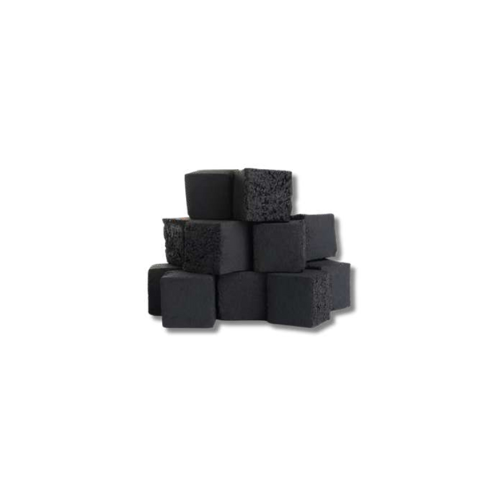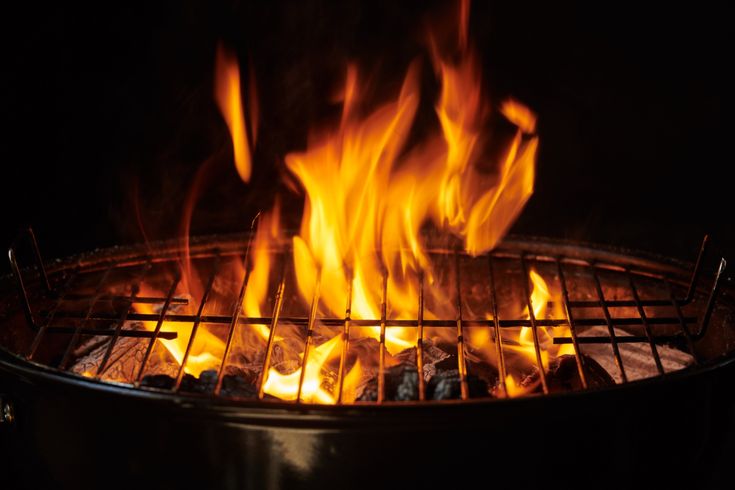
Coconut briquette have emerged as a significant eco-friendly fuel source, especially in industries like barbecuing, grilling, and even power generation. Indonesia, being one of the largest coconut producers in the world, has become a leading supplier of high-quality coconut briquettes. These briquettes are made from coconut shells, which are abundant due to the country’s vast coconut plantations. In this article, we will explain why Indonesian coconut briquettes are of the best quality, by explaining factors such as burning time, calorific value, environmental impact and overall performance.
1.Factors That Define the Quality of Coconut Briquettes
Before diving into the comparison, it’s essential to understand the key characteristics that determine the quality of coconut briquettes:
a.Calorific Value
The calorific value refers to the amount of heat energy produced when a briquette burns. A higher calorific value means the briquette will provide more heat and last longer.
b.Low Moisture Content
Briquettes with lower moisture content are more efficient and produce less smoke. Briquettes with a high moisture content will burn poorly, leading to a loss in heat energy.
c.Ash Content
The amount of ash left after burning is an indicator of the briquette’s purity. High-quality briquettes should leave minimal ash, as excessive ash indicates the presence of impurities.
d.Clean Burning
Clean-burning briquettes produce minimal smoke, odor, and harmful gases, making them safer and more suitable for indoor and outdoor cooking.
e.Durability and Shape
Well-compressed briquettes that retain their shape during transportation and usage are of higher quality. Fragile or broken briquettes can be inefficient and messy to use.
2.Indonesian Coconut Briquettes: Quality Overview
Indonesia’s coconut briquettes are widely regarded as some of the best in the world. Here are the reasons why:
a.High Calorific Value
Indonesian coconut briquettes are known for their high calorific value, which typically ranges between 7,000 to 8,000 kcal/kg. This makes them suitable for various uses, from household cooking to industrial applications. The high energy content means that less fuel is needed, making them cost-effective for long-term use.
b.Low Moisture and Ash Content
The briquettes from Indonesia have low moisture content, typically around 8-10%, which ensures a clean and efficient burn. The low ash content (around 5-8%) also contributes to their superior quality, reducing the need for cleanup and minimizing environmental impact.
c.Clean-Burning Characteristics
Indonesian coconut briquettes burn with minimal smoke and odor, making them ideal for grilling, barbecuing, and indoor cooking. This clean burn is particularly important for customers in markets like Europe and Japan, where air quality regulations are strict.
d.Consistency in Shape and Durability
Indonesian manufacturers are known for producing uniformly shaped briquettes that are highly durable. They are resistant to breaking during handling and transportation, ensuring customers receive a reliable product.
3.Conclusion
In conclusion, Indonesian coconut briquettes are widely regarded as some of the highest quality available in the global market. Their superior calorific value, clean-burning properties, low moisture and ash content, and consistent shape make them the preferred choice for customers worldwide, particularly in markets that demand high performance and environmental sustainability. While other countries like the Philippines, India, Sri Lanka, and Vietnam also produce coconut briquettes, Indonesia’s experience, infrastructure, and attention to quality give its products a clear edge in terms of performance and reliability. As demand for sustainable fuel continues to rise, Indonesian briquettes are poised to remain a dominant force in the global market.



